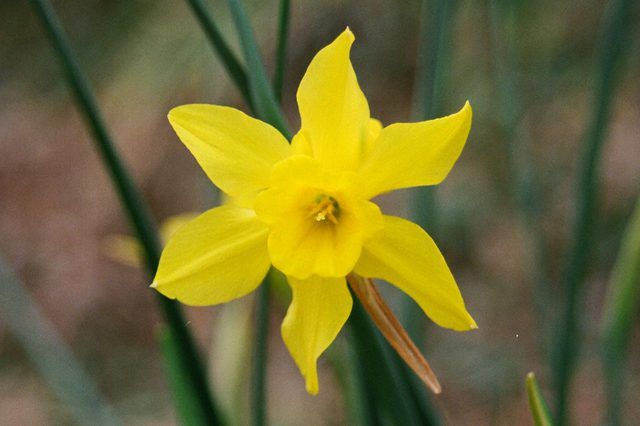Bulbs
Flower Basics
Flower Beds & Specialty Gardens
Flower Garden
Garden Furniture
Garden Gnomes
Garden Seeds
Garden Sheds
Garden Statues
Garden Tools & Supplies
Gardening Basics
Green & Organic
Groundcovers & Vines
Growing Annuals
Growing Basil
Growing Beans
Growing Berries
Growing Blueberries
Growing Cactus
Growing Corn
Growing Cotton
Growing Edibles
Growing Flowers
Growing Garlic
Growing Grapes
Growing Grass
Growing Herbs
Growing Jasmine
Growing Mint
Growing Mushrooms
Orchids
Growing Peanuts
Growing Perennials
Growing Plants
Growing Rosemary
Growing Roses
Growing Strawberries
Growing Sunflowers
Growing Thyme
Growing Tomatoes
Growing Tulips
Growing Vegetables
Herb Basics
Herb Garden
Indoor Growing
Landscaping Basics
Landscaping Patios
Landscaping Plants
Landscaping Shrubs
Landscaping Trees
Landscaping Walks & Pathways
Lawn Basics
Lawn Maintenance
Lawn Mowers
Lawn Ornaments
Lawn Planting
Lawn Tools
Outdoor Growing
Overall Landscape Planning
Pests, Weeds & Problems
Plant Basics
Rock Garden
Rose Garden
Shrubs
Soil
Specialty Gardens
Trees
Vegetable Garden
Yard Maintenance
What Flowers Are Best for Borders?
What Flowers Are Best for Borders?. Flower borders provide a colorful, softening edge to a sidewalk, driveway or fence, or to a larger bed of flowers, shrubs or trees. Flower borders can be one height, one color or a mixture of heights and colors. Low to medium-height flowers are best for borders, with many options for color in both perennial and...
Flower borders provide a colorful, softening edge to a sidewalk, driveway or fence, or to a larger bed of flowers, shrubs or trees. Flower borders can be one height, one color or a mixture of heights and colors. Low to medium-height flowers are best for borders, with many options for color in both perennial and annual varieties.
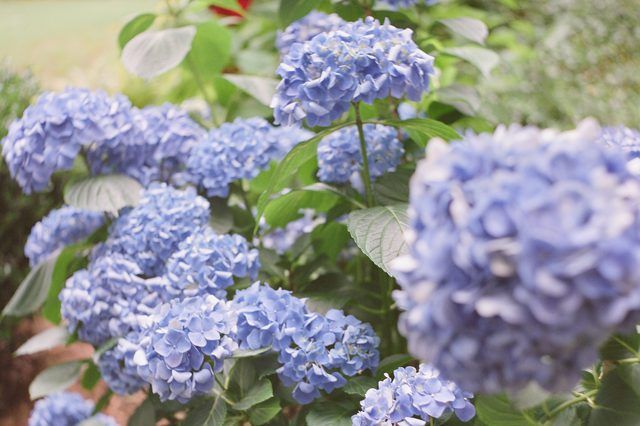
Flower borders provide a smooth transition between the lawn or other flat surface and taller flowers or shrubs behind the border. Standing alone, border flowers can create a boundary line between two areas of a lawn or between your lawn and your neighbor's lawn.
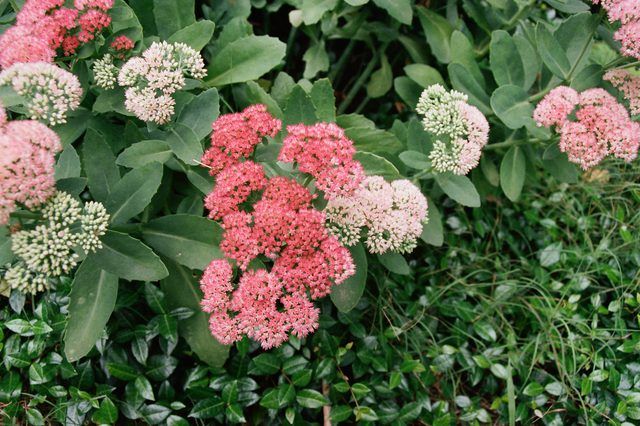
Buying flowers from a local nursery or garden center will eliminate the guesswork as to what flowers will grow in your climate. All you need to look for on the label of the plant is how tall it will grow and how much sunlight it needs. If you are purchasing flowers from a catalog or online, you will need to know what USDA hardiness zone you live in (see Resources for a link to the U.S. Department of Agriculture website).
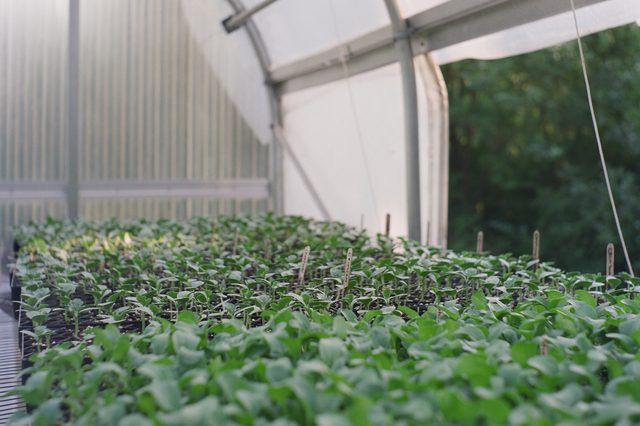
A short flower is less than 1 foot tall. The spread of short flowers planted close to a flat surface like grass or a sidewalk allows the flowers to slightly extend onto the flat surface. This is referred to as softening the edge. When strolling along a narrow path with a short flower border, the blooms or foliage may brush your ankles, so it is important to choose flowers that do not have sturdy, cutting leaves.
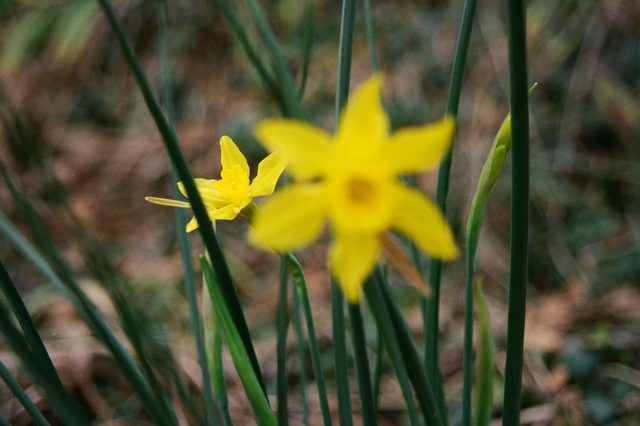
For a border flower, medium height would be 12 to 24 inches tall. Medium-height flowers as a border create a much stronger boundary, so use them on wide walkways, along a driveway, in an area with limited foot traffic or mixed with short flowers.

Annual flowers die each fall though some, like impatiens, can self-seed. Annual flowers may be scented. When purchasing annuals for a border, check the label or description of the plant for the spread, which is how wide the flower will grow. Those that spread the most will mean you need fewer plants to fill out your flower border.
Annuals suitable for borders include African daisy, gerbera daisy, trailing lantana, ageratum, verbena, marigold, impatiens, blue star creeper, pansy, viola, phlox, petunia and snapdragon, plus Mexican heather and dianthus, which may return each year in Southern states.
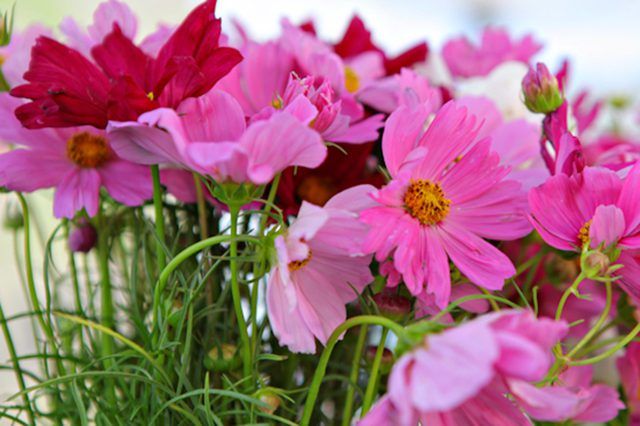
Perennials are flowers that come back each year. The can be divided about every three years to increase the number of plants for your garden. Many self-seed too, increasing the number of plants. Though perennial flowers cost more than annual plants, in the long run perennials can be a better buy.
Perennials suitable for borders include coreopsis, alyssum, sedum, dianthus, pincushion flower, balloon flower, catmint, lavender, veronica, achillea, primrose, blanket flower, creeping baby's breath and salvia.
